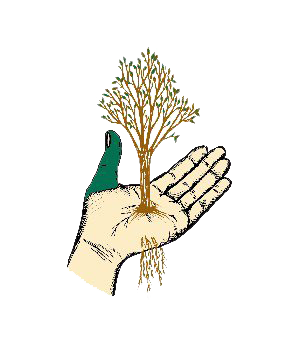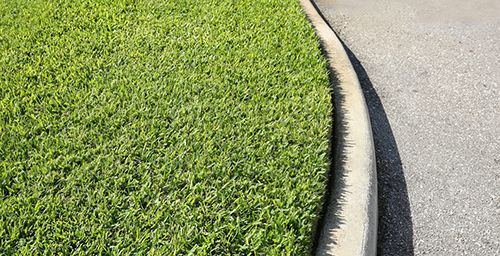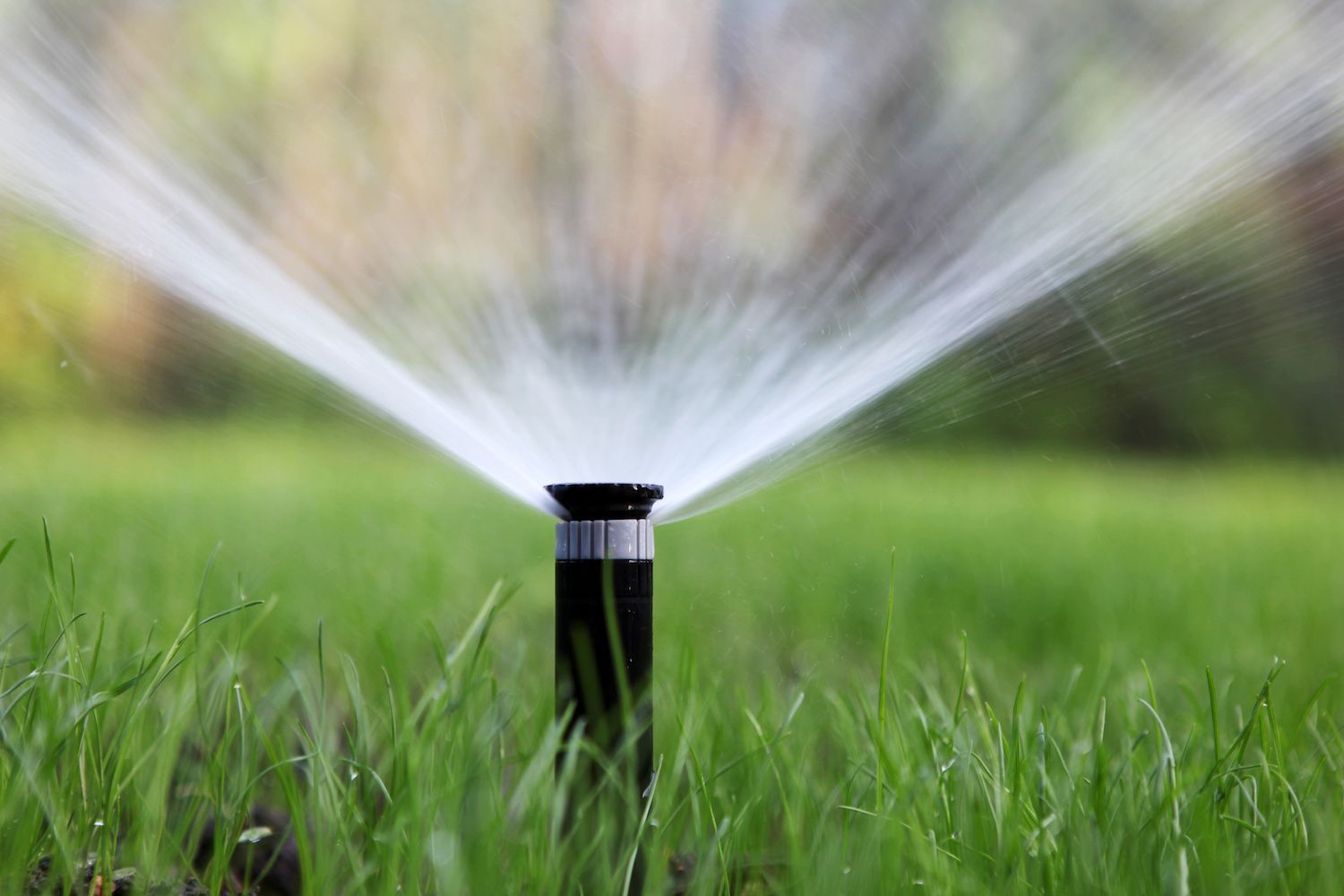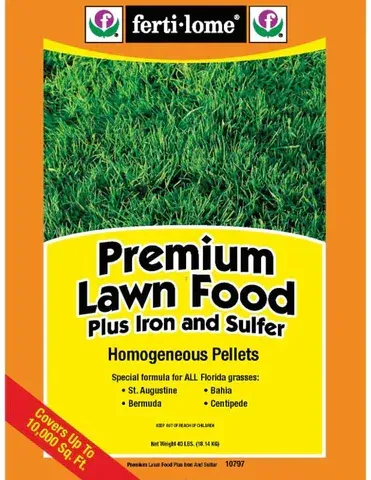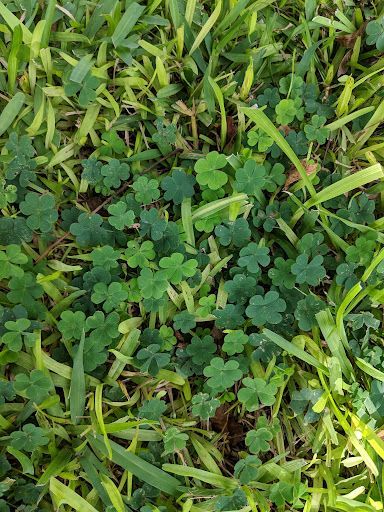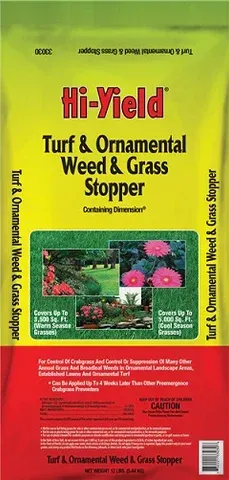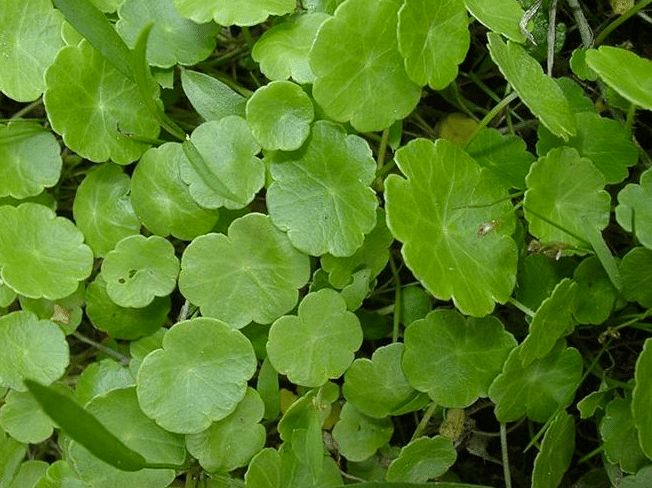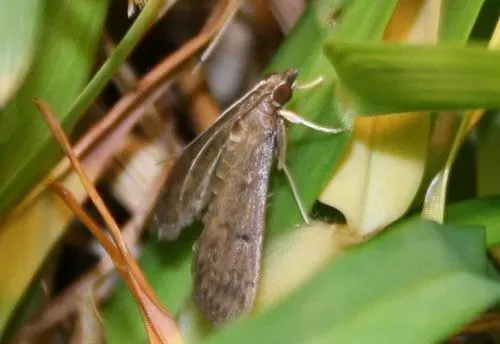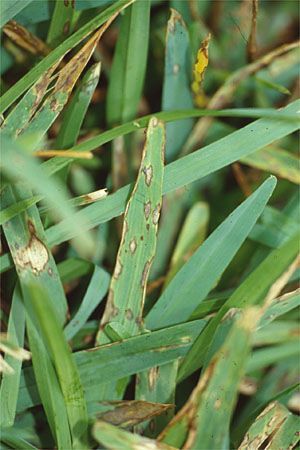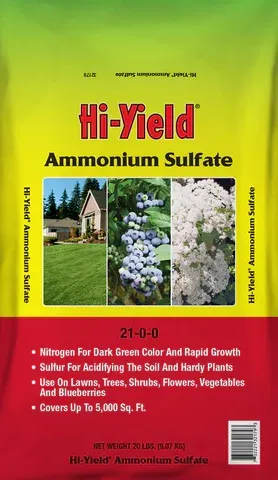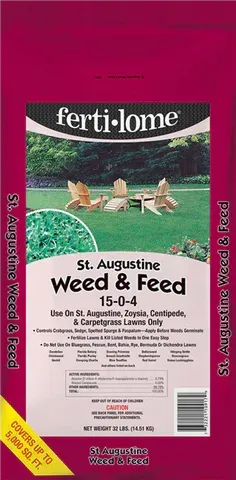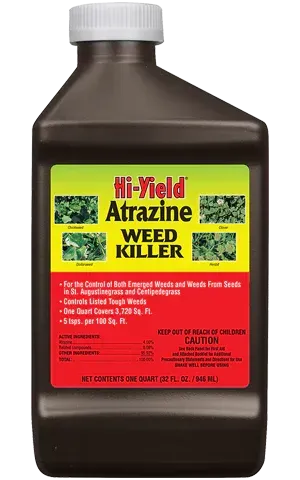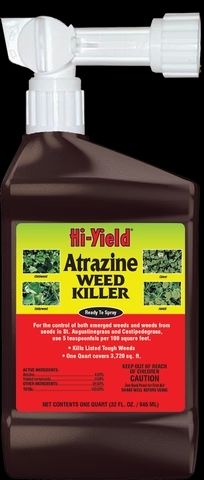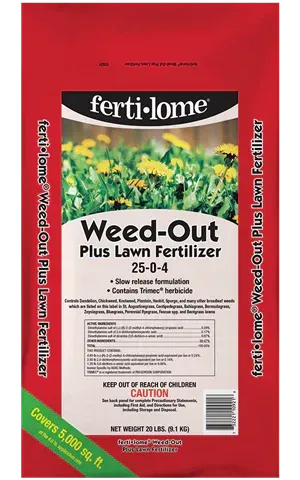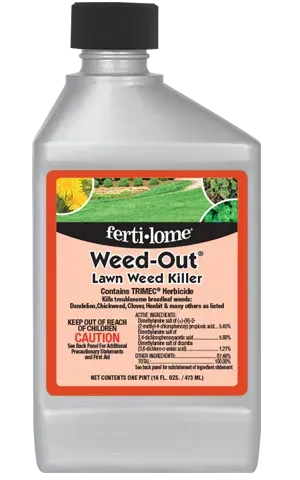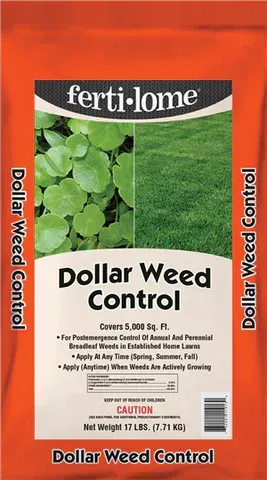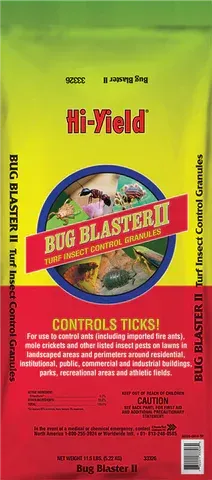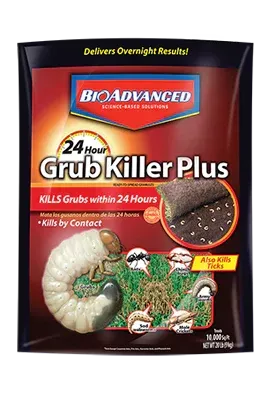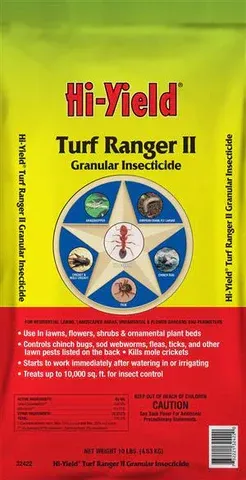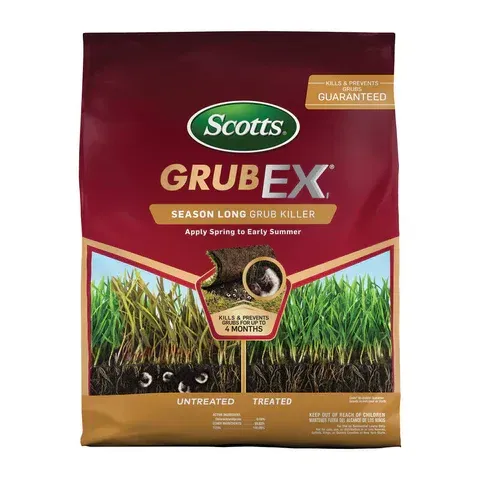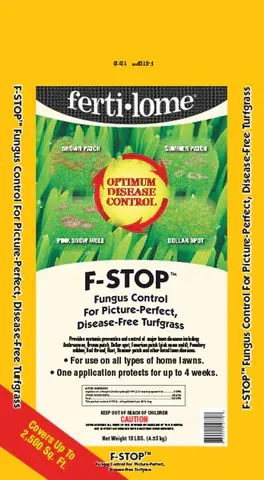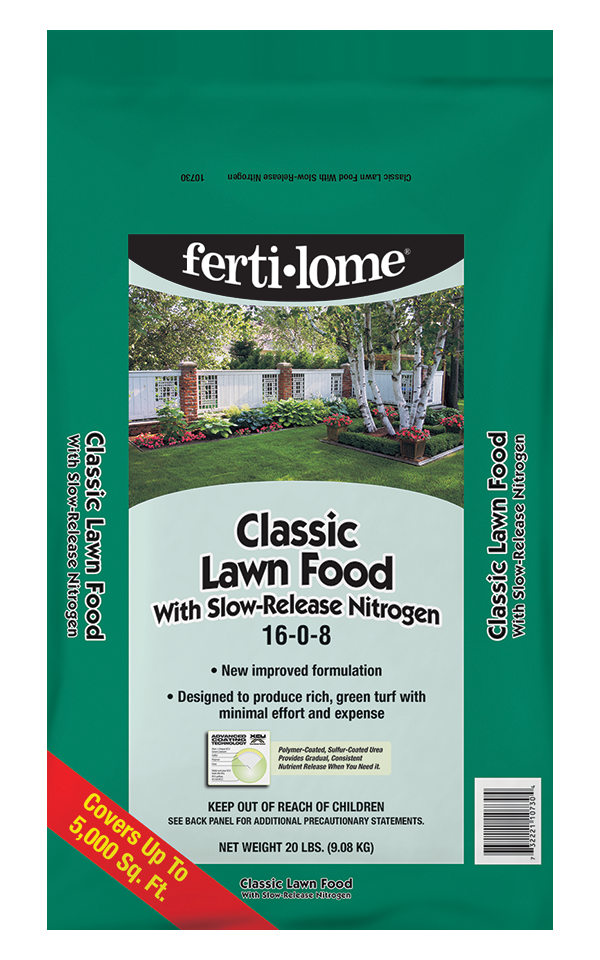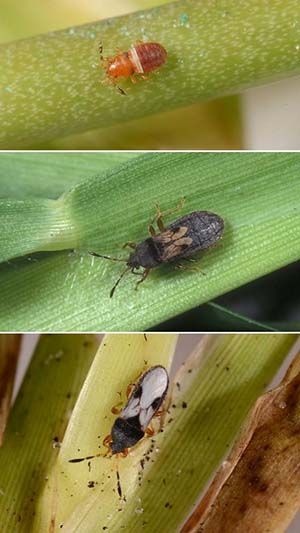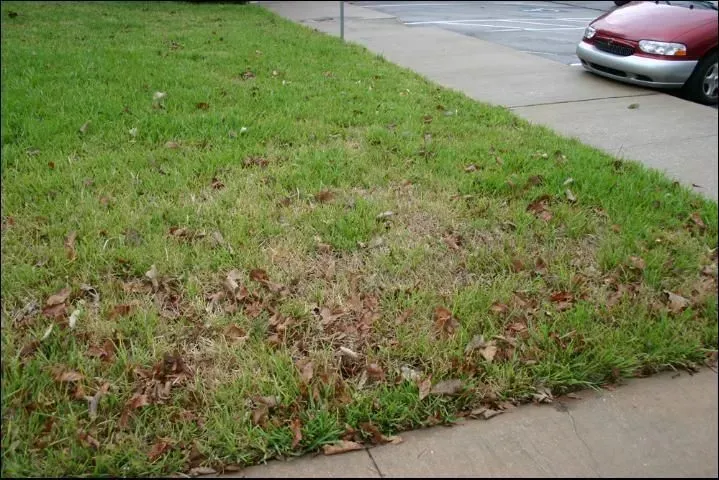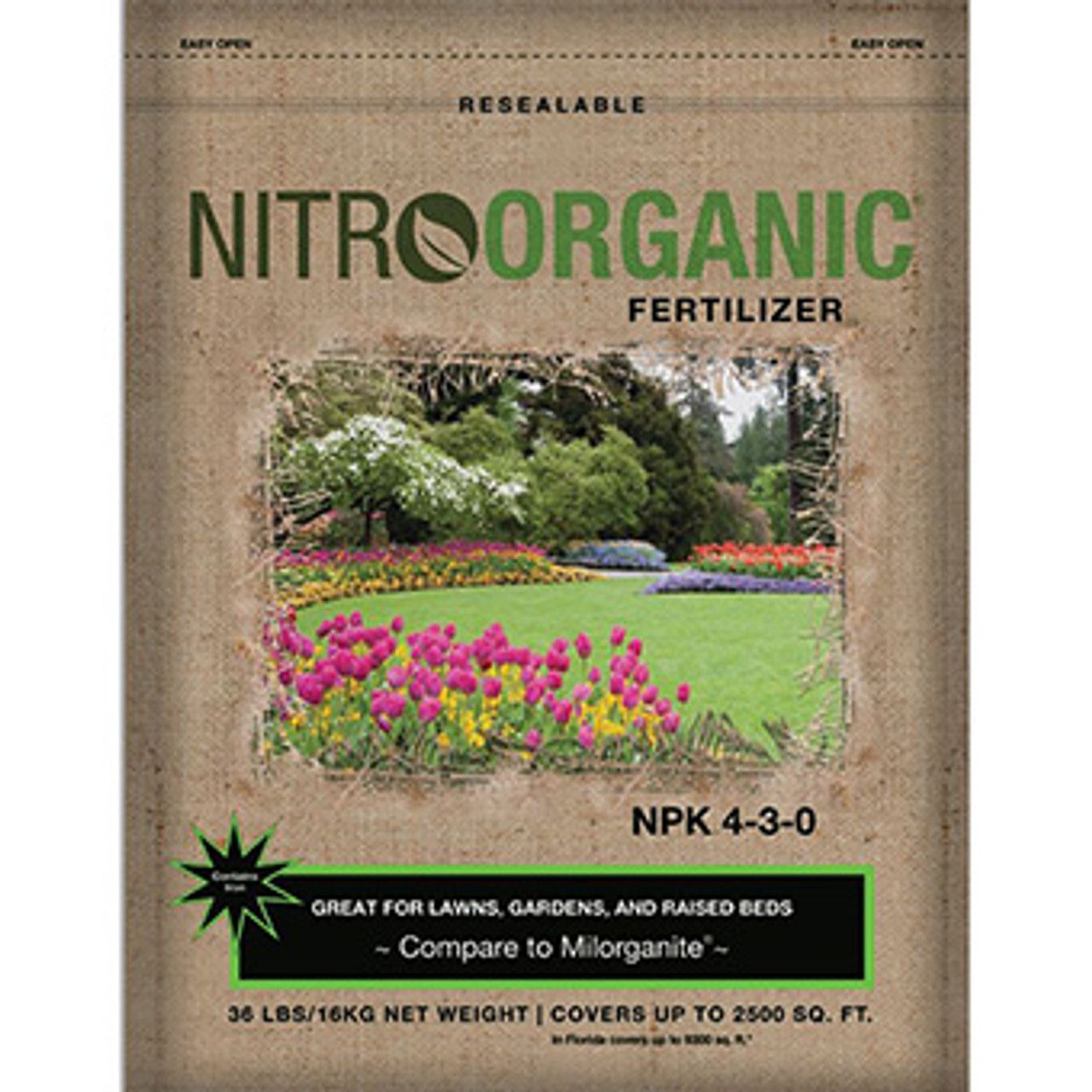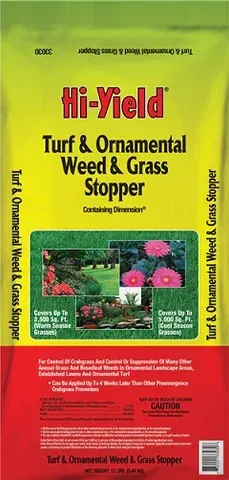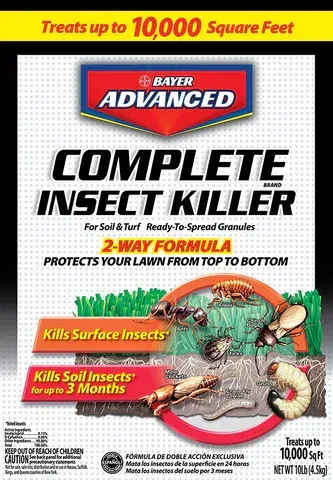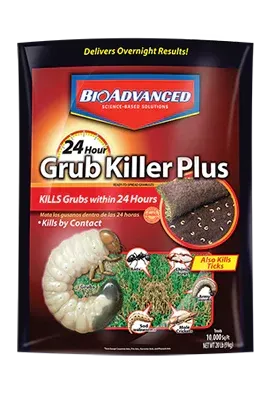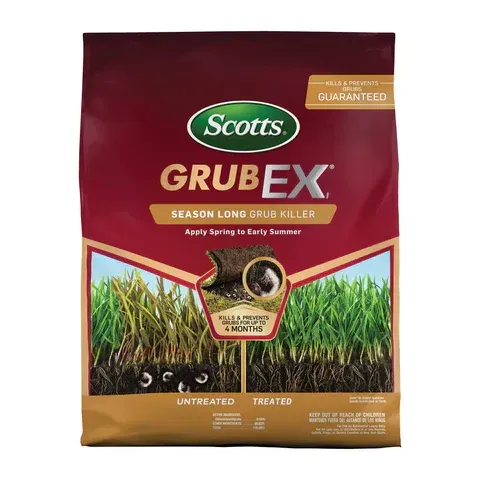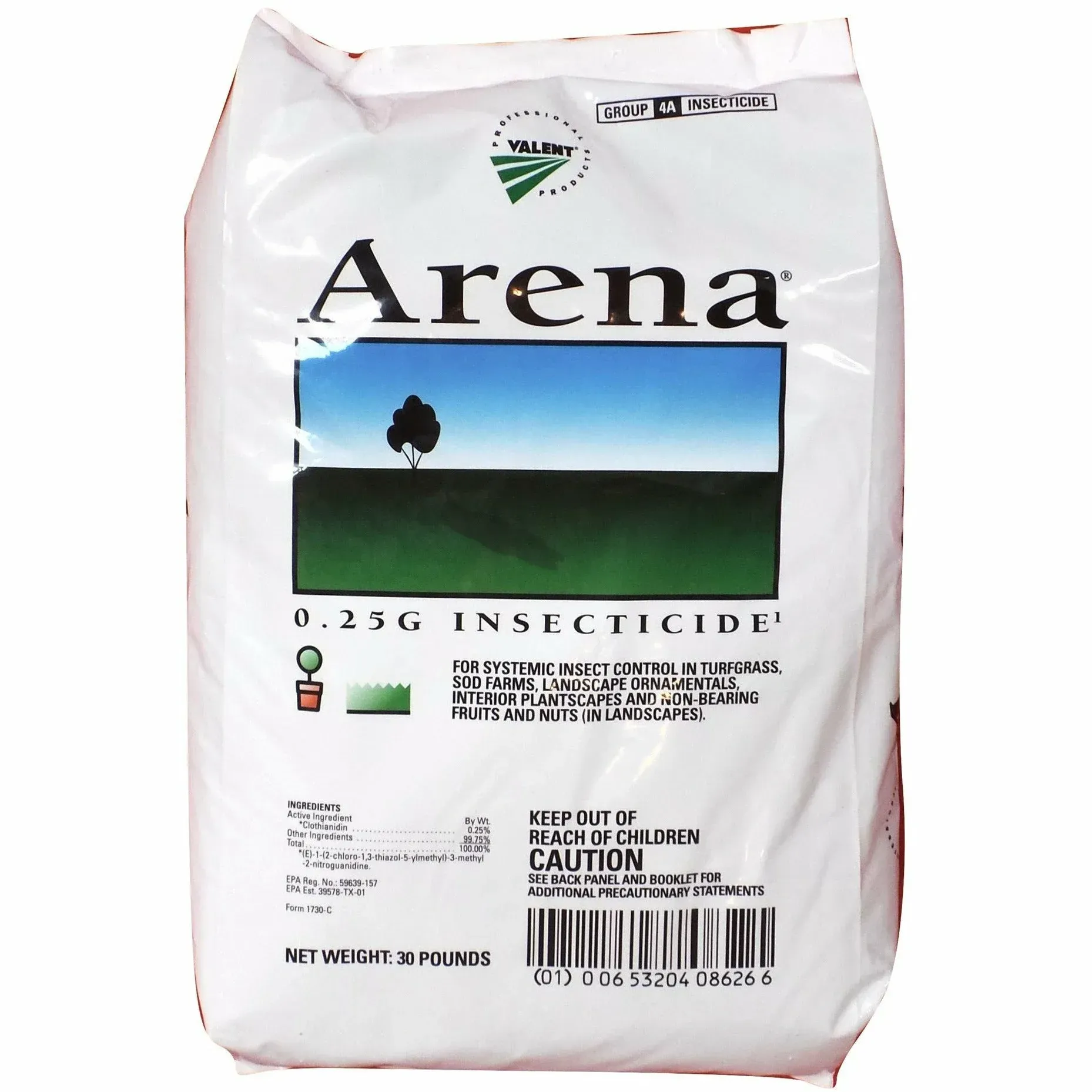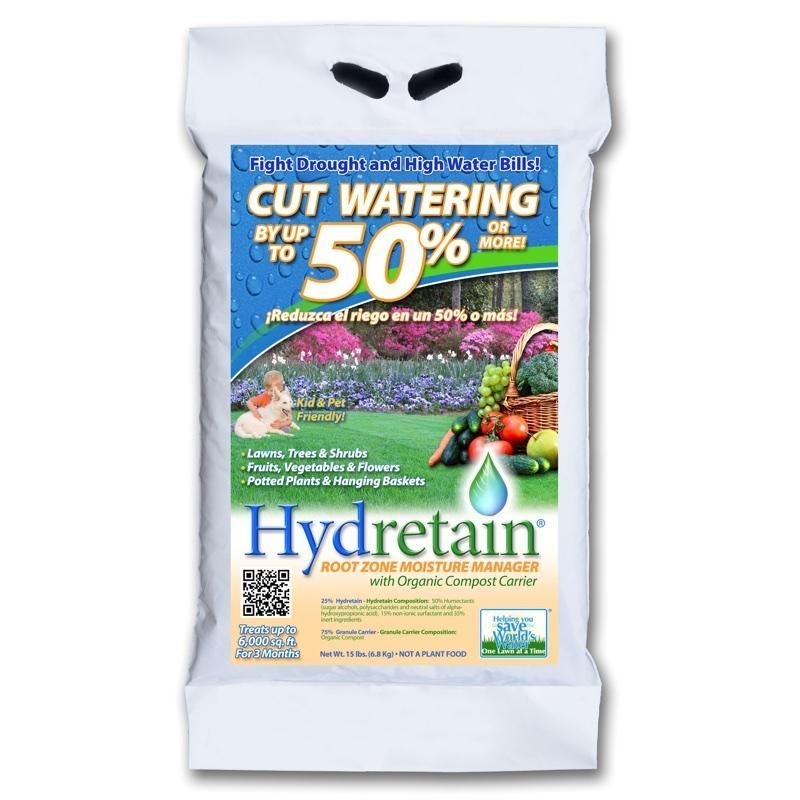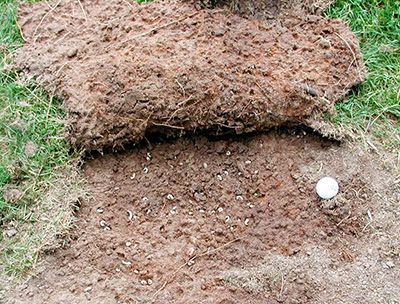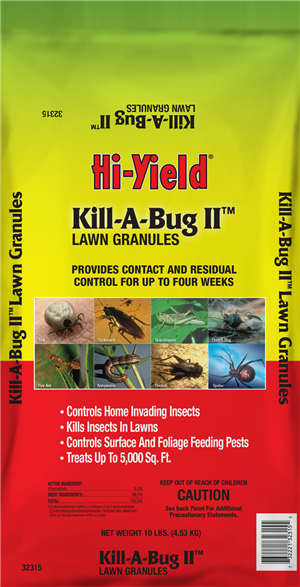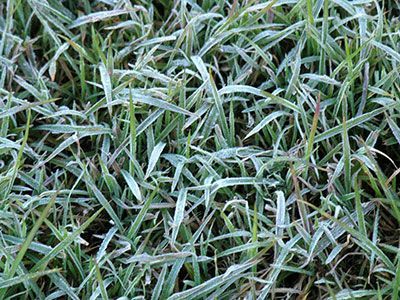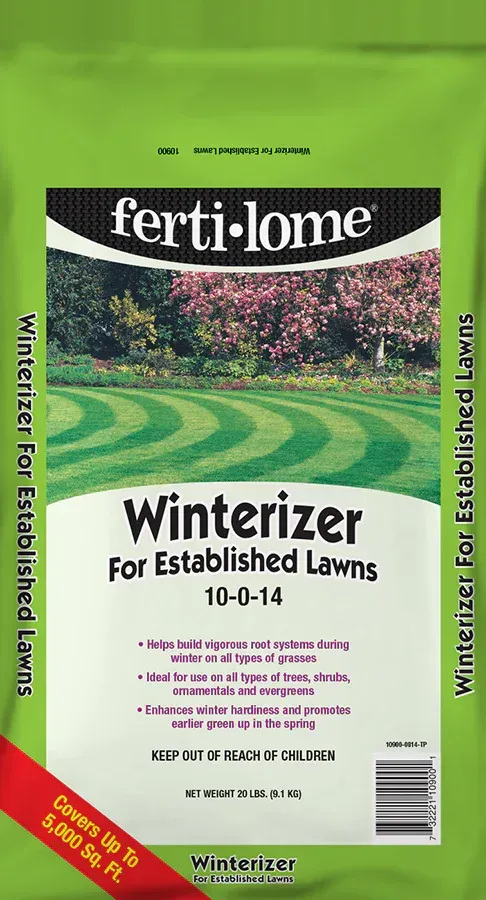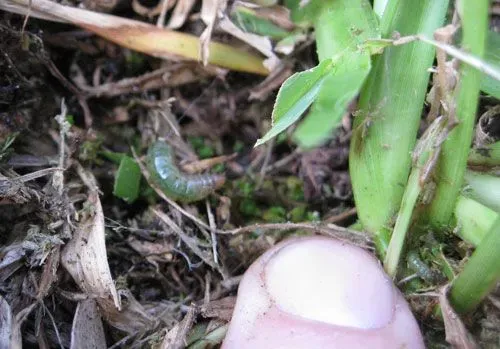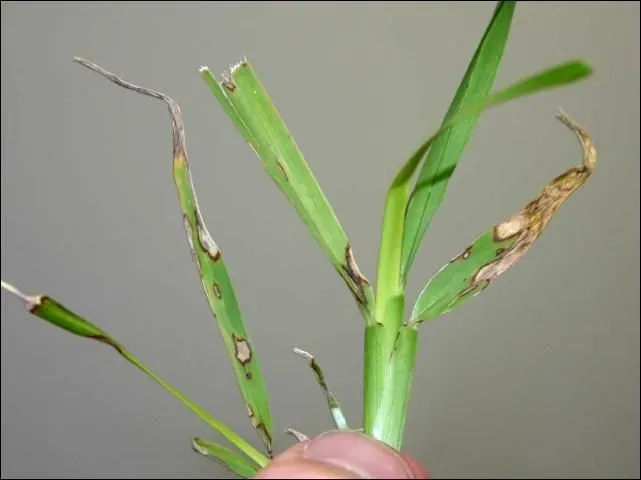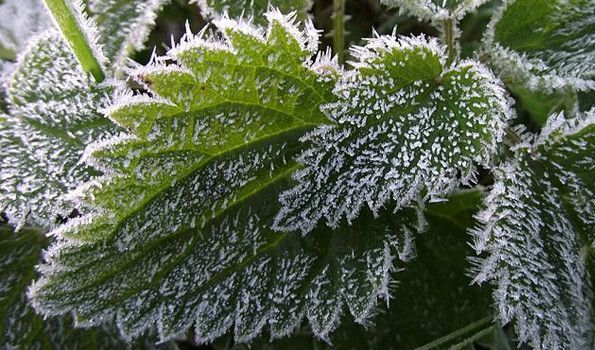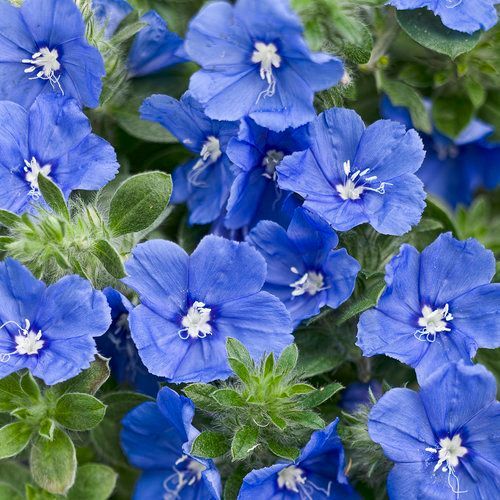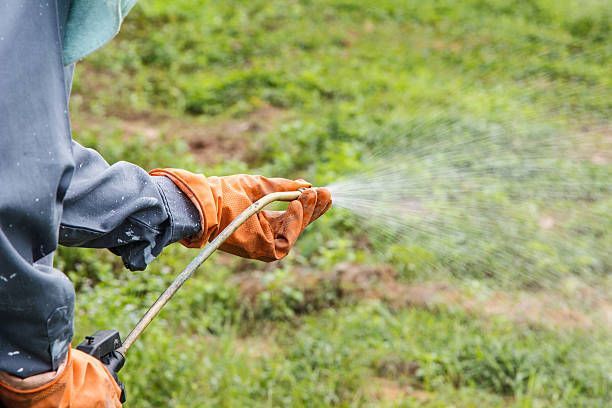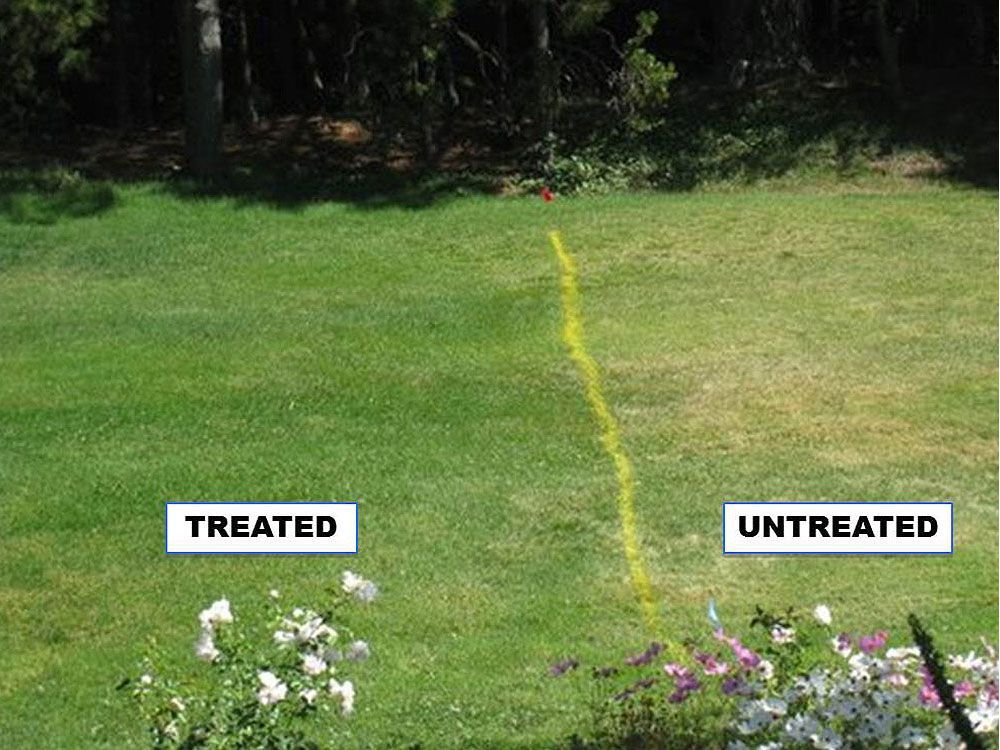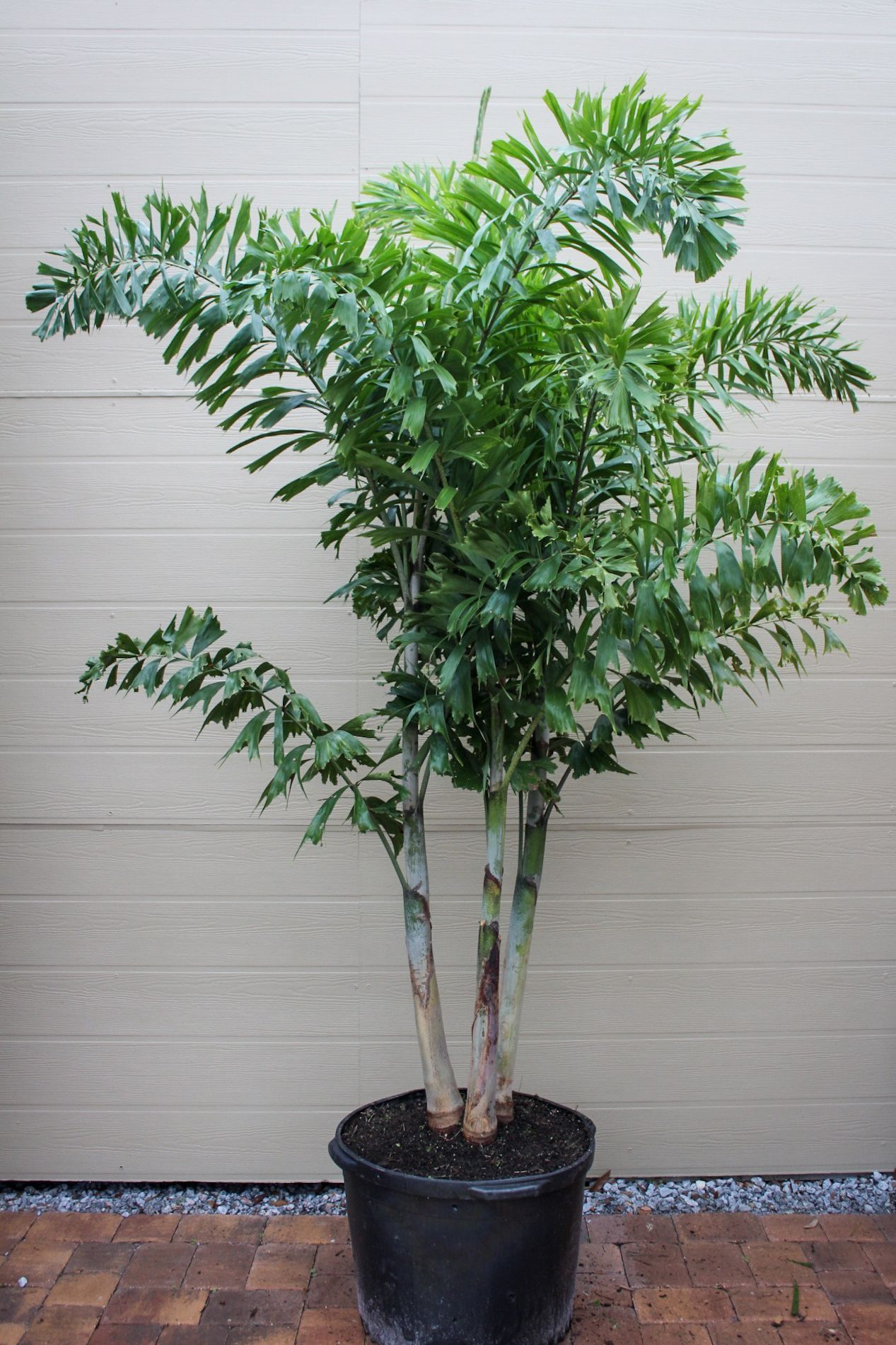How do I water my lawn in the spring?
The way you water your lawn in the spring depends on the weather. Your lawn typically needs ½ - ¾ inch of water during this season. Water your grass about every 3-4 days. In the Tampa Bay area, spring is usually dry, meaning we do not get a lot of rain water. That is why it is important to check your sprinklers at the beginning of the season to make sure each zone works properly and is broadcasting water evenly throughout the lawn. If you do not have a sprinkler system for your lawn, we recommend using a hose and turret sprinkler. They will give you that broadcast watering on your lawn.
In the latter part of spring, the weather becomes particularly hot and dry. Restrictions may be levied on how many times you are allowed to run your sprinklers during periods of drought, too. If that ever comes to pass, use Hydretain to keep your lawn healthy! Hydretain keeps the moisture in your lawn and lasts for about a month, allowing you to outlast those extended periods of drought. It also has chicken manure in it, making it a great gentle fertilizer for your lawn. We carry it in a liquid and a granule.
